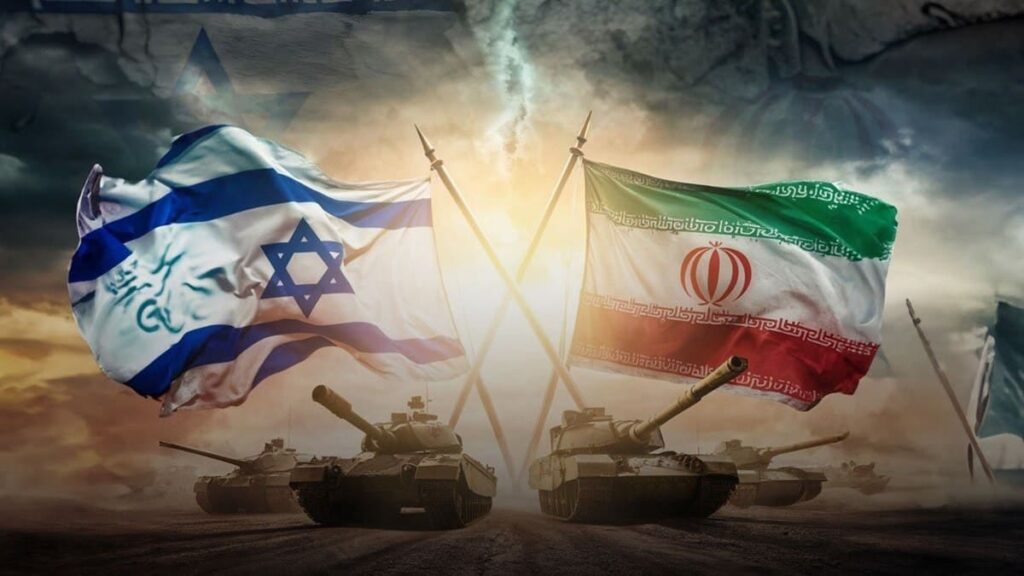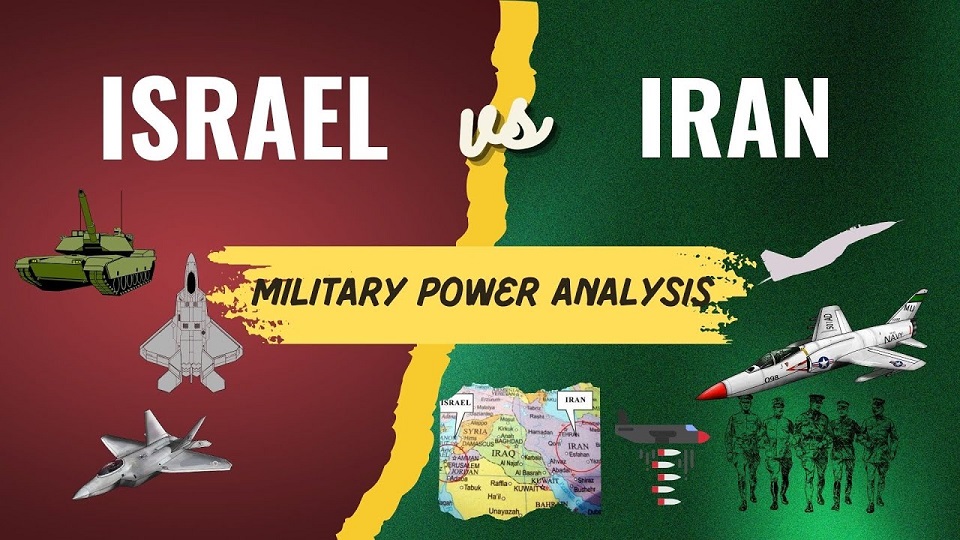Explore the 2025 military comparison between Iran and Israel, including technology, defense power, missile systems, cyber warfare, and global alliances.
Iran vs Israel Army Comparison in 2025: A Deep Look Into the Middle East’s Tensions
In 2025, tensions between Iran and Israel remain at the center of Middle Eastern geopolitics. Both nations have powerful militaries with different strategies, technologies, and global alliances. But who truly holds the upper hand in terms of defense, offensive power, and war-readiness?
Let’s break it down across all major military domains — from air power to cyber warfare — to understand how Iran and Israel compare in 2025. MORE ARICLES
- Manpower & Military Size

Iran
Active personnel: ~575,000
Reserve forces: ~350,000
Paramilitary forces (IRGC): 150,000+
Conscription is mandatory
Israel
Active personnel: ~170,000
Reserve forces: ~465,000
Highly trained elite units
Mandatory conscription for men and women
➡ Conclusion: Iran has the numbers, but Israel’s forces are more technologically advanced and better trained.
- Air Force & Air Defense
Iran
Mostly older U.S. and Russian-era jets (F-4 Phantom, MiG-29)
Working on reverse-engineering and developing drones (e.g., Shahed series)
Missile-focused air defense (Bavar-373, Khordad-15)
Israel
One of the strongest air forces in the world
Advanced fleet: F-35I “Adir”, F-15, and F-16 fighters
World-renowned Iron Dome, David’s Sling, and Arrow missile defense systems
➡ Conclusion: Israel leads with advanced aircraft and multi-layered air defense systems.
- Missile Power & Long-Range Strikes
Iran
Huge investment in ballistic missile systems
Capable of reaching targets across the Middle East
Notable systems: Shahab-3, Sejjil, and Emad missiles
Israel
Precision-guided missile capabilities
Submarine-launched cruise missiles
Jericho missile series (believed to be nuclear-capable)
➡ Conclusion: Iran focuses on missile quantity and reach; Israel invests in missile accuracy and nuclear capability.
- Cyber Warfare Capabilities
Iran
Strong state-backed hacker groups (e.g., APT33)
Known for cyber espionage and disruption campaigns
Israel
Global leader in cybersecurity and offensive cyber tools
Units like Unit 8200 are considered elite worldwide
Preventive cyber strikes on enemy infrastructure
➡ Conclusion: Israel is years ahead in cyber warfare — both defensively and offensively.
- Naval Strength & Presence
Iran
Operates in Persian Gulf and Strait of Hormuz
Submarines, fast attack boats, and anti-ship missiles
IRGC Navy operates asymmetric tactics
Israel
Modern fleet with missile boats and submarines
Dolphin-class submarines with strategic capability
Strong intelligence integration with naval forces
➡ Conclusion: Iran dominates in numbers regionally, but Israel has technological superiority.
- Defense Alliances & Global Support
Iran
Limited formal allies (Syria, Hezbollah, some ties with Russia/China)
Faces economic sanctions and diplomatic isolation
Israel
Strong U.S. military partnership (billions in annual aid)
Intelligence sharing with Western allies (UK, EU, India)
Support from NATO-aligned states
➡ Conclusion: Israel holds a stronger position globally due to key strategic alliances.
- Nuclear Capability (Suspected)
Iran
No confirmed nuclear weapons (subject of international negotiations)
Advanced uranium enrichment capabilities
Potential breakout time for bomb: ~1 year (as per U.S. estimates)
Israel
Never officially confirmed nuclear weapons
Widely believed to have 80–90 nuclear warheads
Maintains nuclear ambiguity policy
➡ Conclusion: Israel is nuclear-armed; Iran is suspected but unconfirmed.
- Domestic Defense Industry
Iran
Sanctions forced self-reliance
Produces drones, missiles, and reverse-engineered weapons
Quantity over quality approach
Israel
Global exporter of cutting-edge military tech (e.g., drones, radars, missiles)
Defense firms like Rafael, Elbit, and IAI lead innovation
➡ Conclusion: Israel’s defense tech is globally recognized and battle-tested.
Final Verdict: Who Has the Edge in 2025?
While Iran possesses a larger army and massive missile stockpile, Israel dominates in air power, cyber capabilities, precision weaponry, and global alliances. The Israeli Defense Forces (IDF) are better trained, better equipped, and backed by a strong intelligence ecosystem.
Iran’s strategy: Deterrence through missile power and regional influence via proxies.
Israel’s strategy: Technological supremacy, surgical strikes, and strategic deterrence.
In case of direct conflict, Israel’s qualitative edge would likely outmatch Iran’s quantitative advantage, though any war would be costly and complex for both sides.
Frequently Asked Questions
Q1: Does Iran have nuclear weapons in 2025?
No confirmed nuclear weapons. However, it has the capacity to develop them and remains under global scrutiny.
Q2: Who has the better air force — Iran or Israel?
Israel, by a wide margin. It operates F-35 stealth fighters and has superior air defense.
Q3: Can Iran strike Israel directly?
Yes, using ballistic missiles, but Israel’s missile defense systems offer significant protection.

1 thought on “Iran vs Israel Military Comparison 2025: Who Has the Upper Hand?”